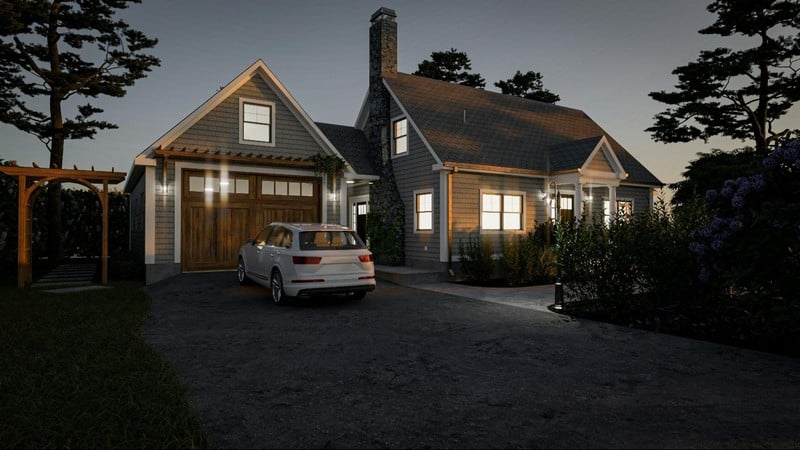Loch Avenue Residence / Here Studio
Loch Avenue Residence is a striking fusion of traditional charm and contemporary innovation, telling a continuous story in two distinct architectural halves. Situated in a quiet pocket of Ballarat, Victoria — a city celebrated for its colonial-era…









